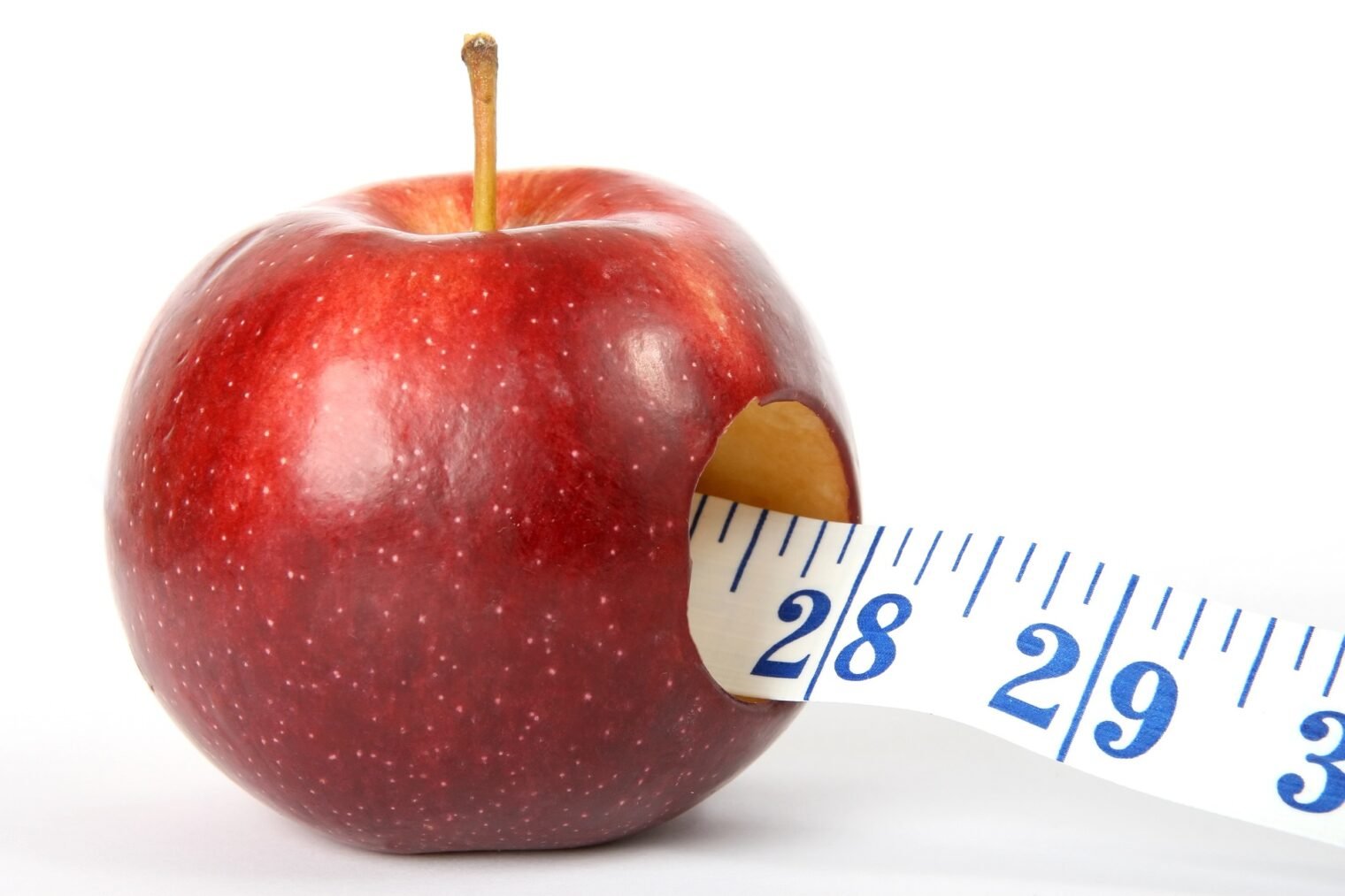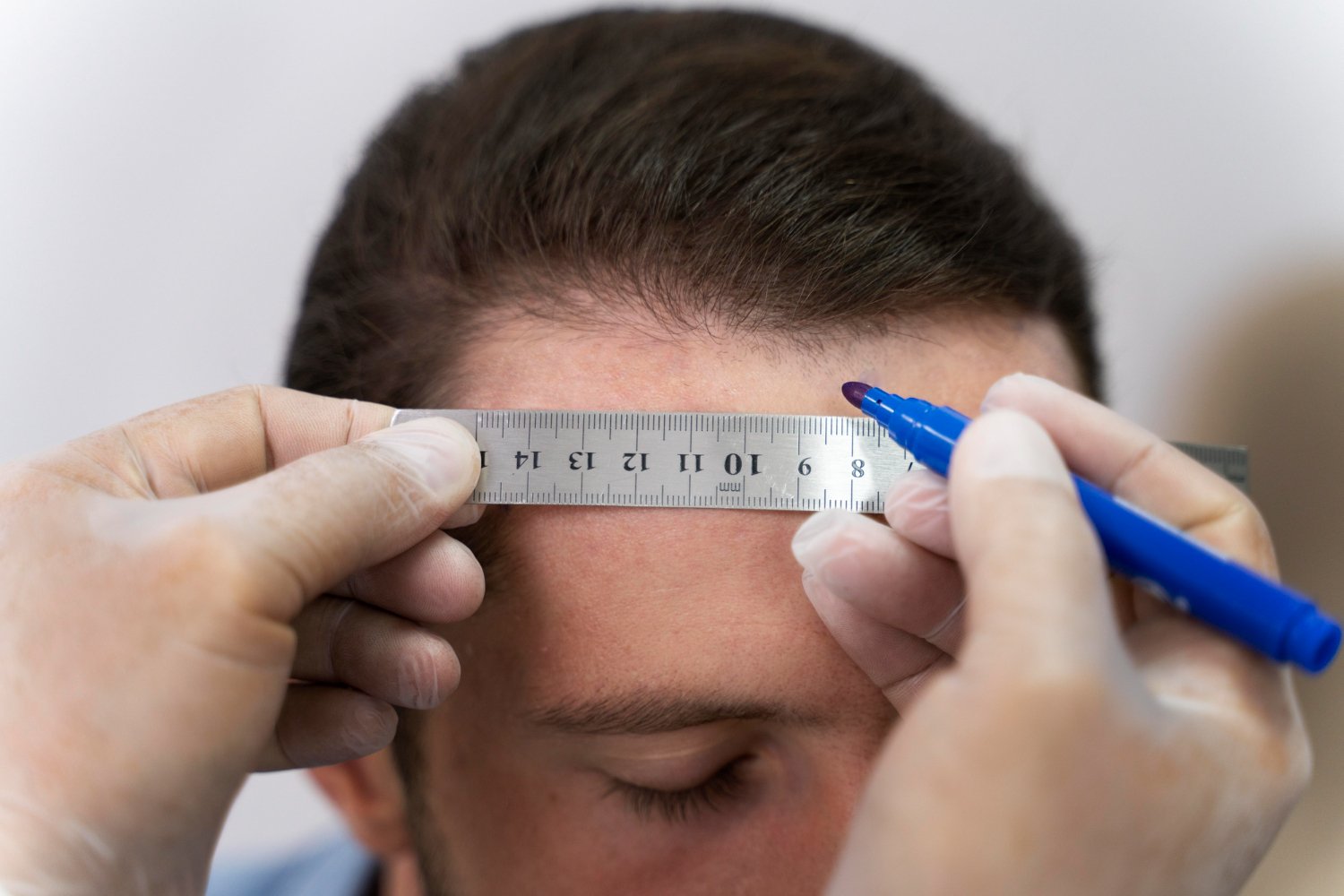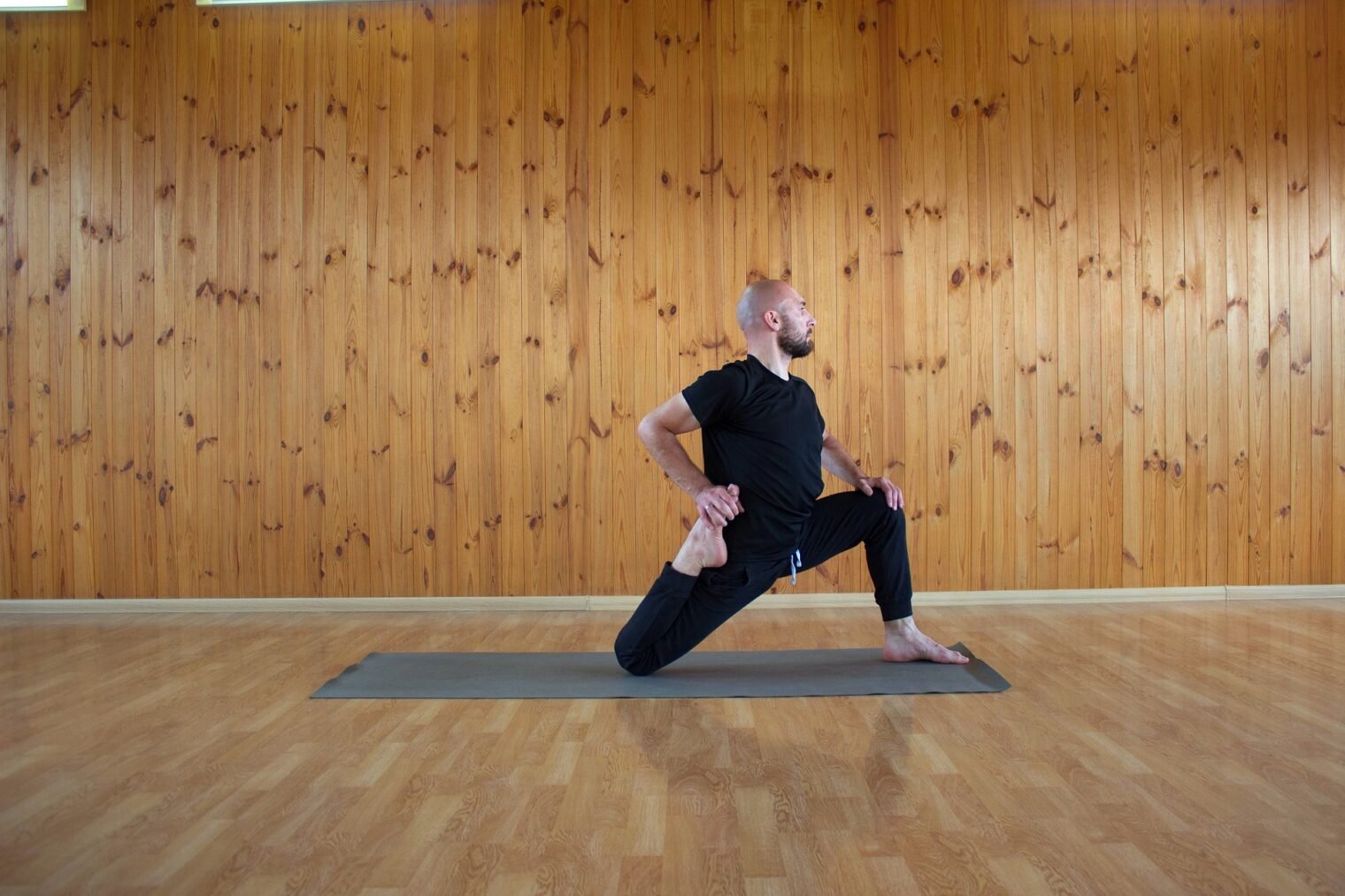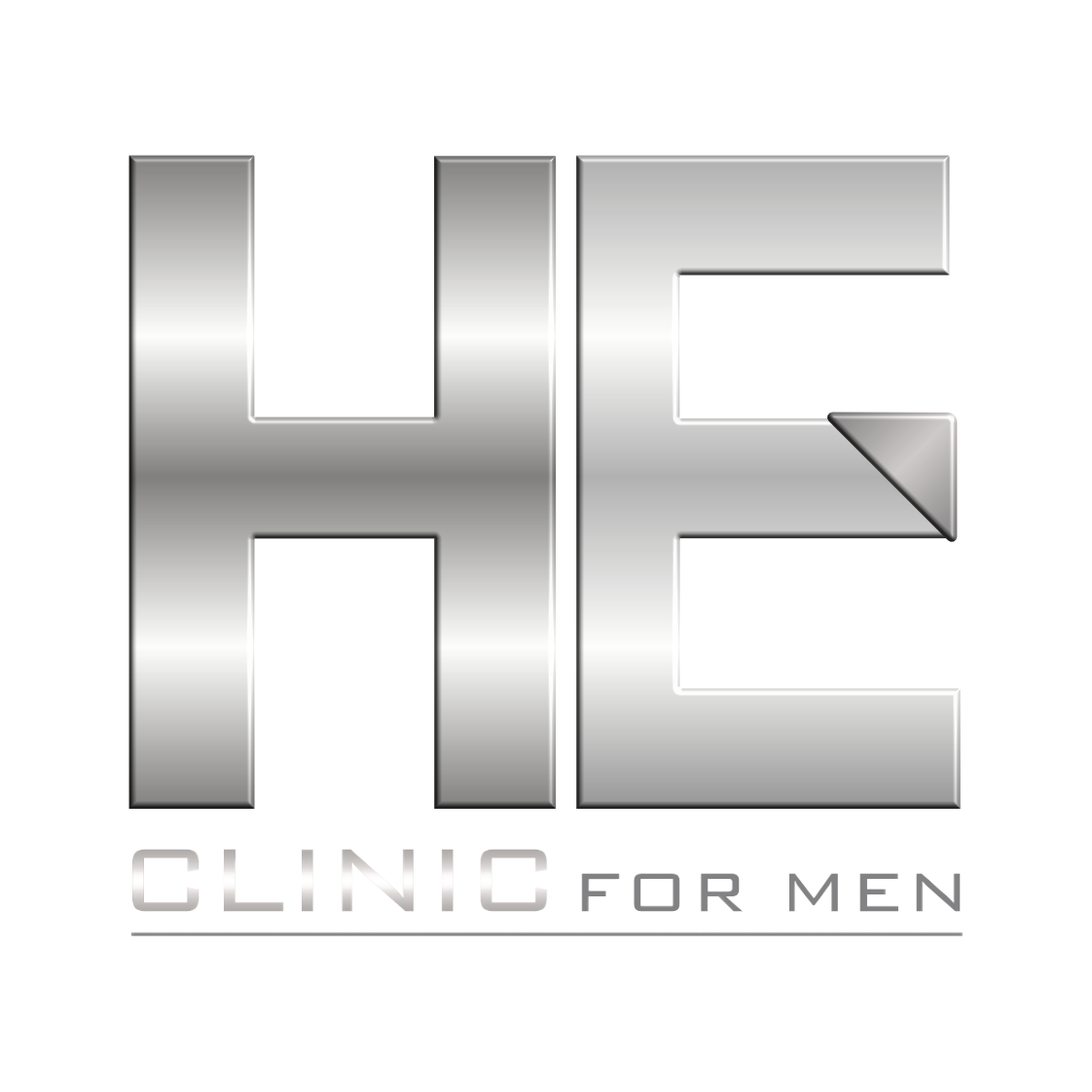We have loads of info to tell you about in regard to Platelet-Rich Plasma injection (PRP) treatments. Are you struggling with slow recovery from a sports injury? Maybe traditional treatments aren’t cutting it for your tendonitis or osteoarthritis pain. It’s common to seek faster, more efficient ways to heal and return to usual activities.
Platelet-Rich Plasma injection (PRP) treatments offer an innovative solution by using the body’s natural healing powers. PRP therapy taps into growth factors found in our blood cells to mend damaged tissue quickly.
This guide will walk you through everything you need to know about PRP injections, from how they’re prepared to their benefits over conventional methods. We’ll also look at what recent studies say and introduce safe practices for getting these treatments.
Whether you’re considering PRP injections for the first time or just curious, this article has got the answers. Keep reading our men’s health blog!
What is Platelet-Rich Plasma Injection (PRP) Therapy?
Platelet-Rich Plasma Injection (PRP) Therapy involves extracting a small amount of blood from the patient and then separating the plasma and platelets in a centrifuge. The resulting PRP is then injected back into the patient’s damaged tissue or injury site to accelerate healing.
Plasma and Platelets in Blood
Plasma serves as the liquid part of blood, made mostly of water and proteins. This mixture acts like a highway for cells, allowing them to move freely throughout your body. It carries crucial components such as hormones, nutrients, and waste products to and from your cells.
Platelets play a different role; these tiny blood cells are key players in healing injuries. When you get a cut or wound, platelets rush to the site and form clots to stop bleeding.
They also release growth factors that help start the repair process.
The interaction between plasma and platelets is essential for both transporting vital substances and for initiating healing when damage occurs. Through this partnership, they ensure that your body can recover from injuries efficiently while maintaining steady internal conditions necessary for survival.
Process of PRP Injections
Doctors start the PRP injection process by drawing a small amount of blood from the patient, usually no more than what is taken during a routine blood test. This blood then goes into a machine called a centrifuge, which spins rapidly to separate the different components of the blood.
Through this spinning process, platelets get concentrated and separated from other blood cells. The result is platelet-rich plasma (PRP), highly rich in growth factors that help in healing injured tissues.
Next, medical professionals carefully inject this concentrated PRP directly into the damaged area of the body, so that the PRP reaches exactly where it’s needed for optimal healing benefits.
As these concentrated platelets release growth factors, they speed up recovery by stimulating tissue regeneration at the injury site. Given their role in promoting cell repair and renewal, PRP injections have become increasingly popular for treating soft tissue injuries efficiently.
Moving on to explore how these attributes translate into tangible health benefits reveals further compelling reasons behind PRP therapy’s growing acclaim.
Benefits and Uses of PRP Injections
Benefits and uses of PRP injections encompass promoting accelerated healing and reducing the need for medication. They also demonstrate superiority over other treatments in certain medical conditions.
Accelerated Healing
PRP injections speed up the body’s natural healing process. This treatment harnesses a person’s own blood to promote recovery in injured areas. The process involves concentrating platelets from the patient’s blood and injecting them into damaged tissues.
These concentrated platelets release growth factors that stimulate cell repair and regeneration, leading to faster healing of injuries.
This method stands out because it reduces reliance on medications such as opioids or anti-inflammatory drugs. By focusing on enhancing the body’s inherent ability to heal, PRP injections offer an alternative that leans towards holistic recovery without the heavy reliance on pharmaceuticals for pain management and inflammation reduction.
This approach not only accelerates healing but also aligns with a growing preference for treatments that minimise drug intake and side effects.
Reduction of Medication Need
Moving from the topic of accelerated healing, PRP injections also play a significant role in reducing the reliance on medication. By harnessing the body’s own healing capabilities, these treatments minimise the need for pain relief drugs and anti-inflammatory medications such as opioids or over-the-counter options.
This approach not only targets pain at its source but also lessens potential side effects associated with long-term drug use.
Patients appreciate that PRP therapies are derived from their own blood, making this treatment more natural compared to external medications. The risk of adverse reactions is considerably lower, and concerns about infection remain minimal.
This innovative method underlines a shift towards more sustainable and patient-friendly healthcare solutions by cutting down on unnecessary pharmaceuticals while still effectively managing discomfort and inflammation.
Superiority to Other Treatments
Following the significant reduction in medication needs, PRP injections also stand out for their superiority over other treatments. For patients dealing with knee osteoarthritis, PRP treatment offers a better solution compared to hyaluronic acid injections.
Studies highlight that the benefits from PRP last longer, making it a more effective choice for long-term relief and improved mobility.
Patients find that opting for PRP injections can lead to less reliance on opioids or anti-inflammatory drugs. This advantage is crucial given the current concerns around opioid use and its addictive potential.
By providing a safer alternative that reduces pain without the side effects of medication, PRP therapy presents itself as a superior option in managing chronic conditions and enhancing recovery processes.
Side Effects and Safety of PRP Injections
PRP injections use the patient’s own blood, significantly reducing the risk of side effects. The main concern lies with a remote possibility of infection at the injection site, similar to any procedure involving needles.
Since these treatments are tailored using one’s own plasma and platelets, adverse reactions beyond mild discomfort or bruising at the point of injection are exceedingly rare.
Patients generally find PRP injections safe, with reported side effects being minimal. This safety profile makes Platelet-Rich Plasma injection (PRP) therapy a preferred choice for those seeking alternatives to conventional treatments.
Despite its reliability, it is crucial for individuals to consult healthcare professionals before opting for this therapy, ensuring it aligns with their health conditions and treatment goals.
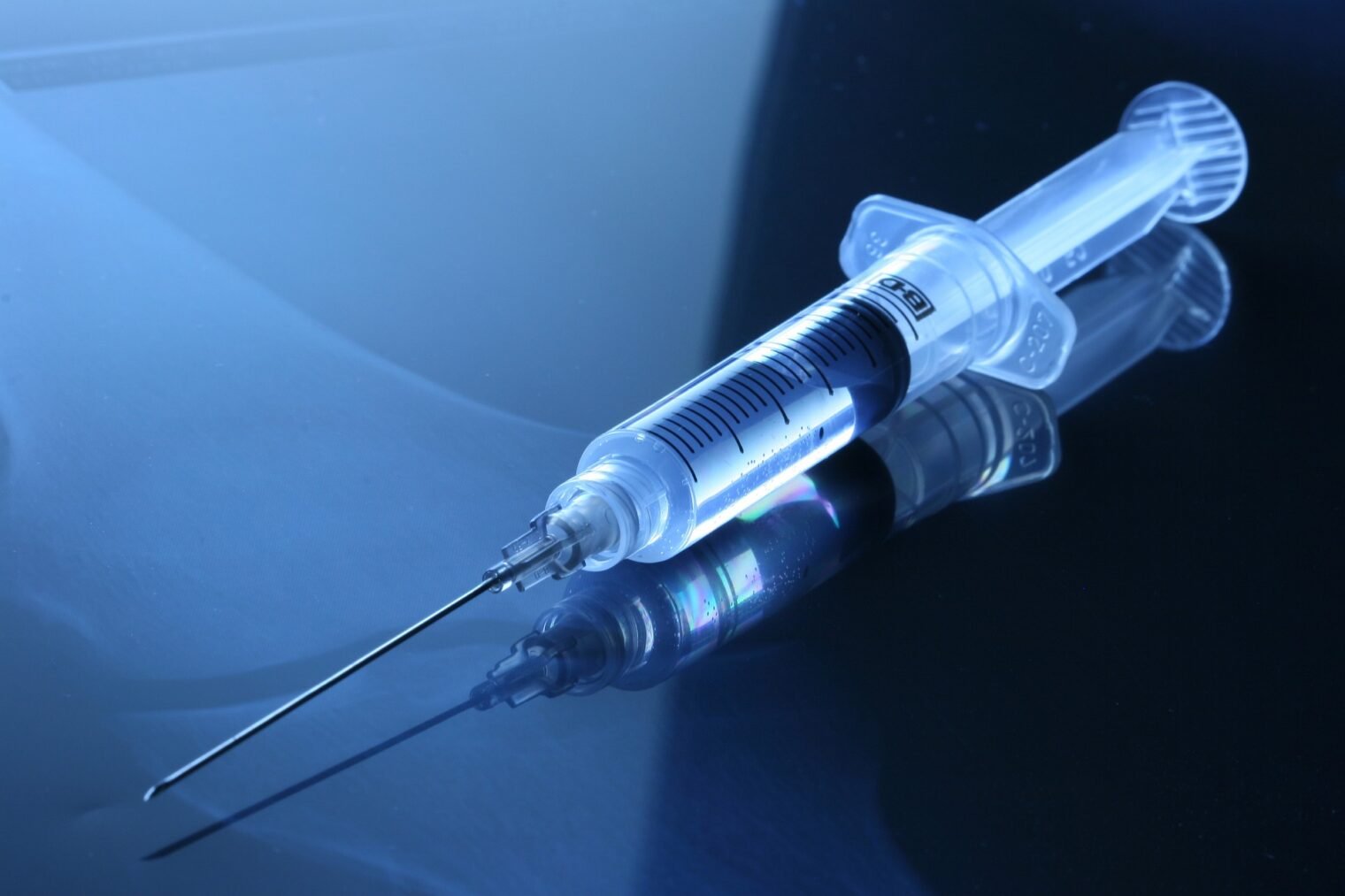
Research and Data on PRP Injections
Research and data on PRP injections reveal the efficacy and potential of this therapy. To learn more, delve into the intricate details in our comprehensive guide.
Comparison to Hyaluronic Acid Injections
PRP treatments show a striking advantage over hyaluronic acid injections for those suffering from knee osteoarthritis. Studies have consistently highlighted that the positive impacts of PRP last longer, offering patients more enduring relief from pain and discomfort.
This significant difference underlines why many favor Platelet-Rich Plasma injection therapy as a treatment option.
Moreover, while both PRP and hyaluronic acid aim to reduce joint pain, Platelet-Rich Plasma injection treatments (PRP) stand out by requiring the patient’s own blood. This approach minimises the risk of adverse reactions significantly compared to the more generic hyaluronic acid counterpart.
Safety profiles of PRP also surpass those of hyaluronic acid, with fewer side effects reported among recipients. Consequently, patients find themselves less reliant on opioids or anti-inflammatory medications after receiving PRP therapy, illustrating its effective nature in managing symptoms without excessive medication reliance.
References and Resources
The article draws on scientific studies and publications from reputable sources such as HSS J, J Ultrasound Med, Phys Sportsmed, Sports Health, JBJS Rev, and Curr Rev Musculoskeletal Med.
It provides a comprehensive overview of various case series and randomised controlled trials related to Platelet-Rich Plasma Injection therapy. Additionally, it offers insights into the trends in utilisation, demographics, and costs of PRP injections over a ten-year period.
The references included unlock valuable information on the prevalence and economic impact of this treatment modality.
Furthermore, the article addresses the role of PRP in orthobiologics along with current status and future outlook. It presents a critical analysis review supported by robust references related to the comprehensive guide to Platelet-Rich Plasma Injection options.
These resources provide readers access to the cited scientific studies and publications referenced throughout the article.
Comprehensive Guide to PRP Injections
Learn about the latest trends in PRP utilisation and costs, as well as its role in orthobiologics. Delve into case studies and randomised controlled trials to discover more about ultrasound-guided injections.
Explore the future potential and critical analysis of this treatment.
Case Studies and Randomised Controlled Trials
Numerous case studies and randomised controlled trials have affirmed the efficacy of Platelet-Rich Plasma injection treatments. Scientific studies published in journals such as HSS J, J Ultrasound Med, Phys Sportsmed, JBJS Rev, and Curr Rev Musculoskelet Med have provided evidence supporting the positive outcomes of PRP therapy.
These sources shed light on how Platelet-Rich Plasma injection treatments surpasses hyaluronic acid injections for knee osteoarthritis by demonstrating a longer duration of effectiveness, showcasing its superiority in clinical settings.
In vitro responses to PRP and their correlation with varied clinical outcomes among patients with knee osteoarthritis have further validated the benefits of this treatment approach.
Ultrasound-Guided Injections
Ultrasound guidance enhances the precision of PRP injections for tendon and musculoskeletal injuries. This method allows healthcare professionals to visualise the targeted area in real-time, ensuring accurate delivery of the platelet-rich plasma.
The Hospital for Special Surgery (HSS) expertly employs ultrasound-guided PRP injections to treat ligament injuries, proximal hamstring tendinopathy, musculoskeletal tissue healing, glenohumeral osteoarthritis, and elbow tendinopathy.
Alongside its proven efficacy in treating these conditions, ultrasound guidance minimises the risk of misplaced injections and optimises therapeutic outcomes.
The trends in utilisation and costs of PRP injections over a ten-year period provide valuable insights into the prevalence and economic impact of this treatment modality. Additionally, demographic data showcases the widespread application of ultrasound-guided PRP therapy across various patient demographics.
Trends in Utilisation and Costs
Over the past decade, there has been a notable uptick in the utilisation of Platelet-Rich Plasma injection (PRP) treatments across diverse demographics. This rise has coincided with an evolution in technology and techniques, resulting in decreased costs for PRP treatments.
The economic impact of Discover the ultimate guide to Platelet-Rich Plasma injection options as a treatment modality has been significant, attracting attention from both healthcare providers and patients seeking cost-effective solutions for various musculoskeletal conditions.
As we delve into the future outlook and critical analysis of Platelet-Rich Plasma injection (PRP) therapy, it’s imperative to acknowledge the trends in its utilisation and associated costs over time. These factors play a pivotal role not only in shaping its adoption but also in influencing decisions related to its integration into orthobiologics.
Role of PRP in Orthobiologics
Transitioning from trends in utilisation and costs, the role of PRP in orthobiologics is pivotal in regenerative medicine. PRP plays a significant role in musculoskeletal tissue healing and soft tissue injuries like rotator cuff tears and Achilles tendon tears.
The application of ultrasound-guided PRP injections has proven beneficial for ligament injuries. Not just that, PRP has shown superiority over hyaluronic acid injections for knee osteoarthritis treatment.
Incorporating critical analysis reviews of PRP within orthopaedic surgery offers insights into the variable clinical outcomes associated with in vitro responses to PRP – particularly crucial when considering its future outlook.
Orthobiologics utilise biologic substances to aid in the repair and regeneration of damaged tissues within the musculoskeletal system. Orthopaedic surgeons have been increasingly integrating platelet-rich plasma (PRP) as an adjunctive therapy to promote tissue healing following injuries or degenerative conditions.
Future Outlook and Critical Analysis
PRP injections show potential for growth in the realm of orthopedic surgery and orthobiologics. An ever-evolving field, the future outlook is tailored towards seeking more than just a treatment but a solution to unlock the secrets of regenerative medicine.
The critical analysis unveils the complexities underlying PRP’s efficacy, underpinning advancements that will shape its role not only in knee osteoarthritis but also in other orthopedic conditions.
The world of PRP injections is fast-paced and everchanging, with ongoing research aiming to enhance patient outcomes and drive innovation. As we embark on this journey of discovery, it is evident that meticulous attention to detail and robust data will be essential in navigating the complexities ahead.
Conclusion
The groundbreaking Platelet-Rich Plasma Injection Guide lays out key strategies for harnessing the natural healing power of PRP therapy. Emphasising practicality, this guide showcases simple and effective methods for promoting tissue repair and reducing the need for medications.
It prompts readers to consider how they can apply these proven approaches in their own situations. Stressing the significance of these techniques, it highlights their potential to significantly improve treatment outcomes.
Readers are encouraged to explore additional resources and services for continued learning and engagement beyond this article. Ultimately, this conclusion leaves readers inspired to take proactive steps towards achieving enhanced health and wellness through Platelet-Rich Plasma injection therapy.



